
Payment Form Using HTML & CSS Full Responsive
CSS stands for Cascading Style Sheets. CSS describes how HTML elements are to be displayed on screen, paper, or in other media. CSS saves a lot of work. It can control the layout of multiple web pages all at once. External stylesheets are stored in CSS files.

Form Using Html And Css
CSS is a style sheet language. CSS is what you use to selectively style HTML elements. For example, this CSS selects paragraph text, setting the color to red: css. p { color: red; } Let's try it out! Using a text editor, paste the three lines of CSS (above) into a new file. Save the file as style.css in a directory named styles.

CSS Full Form Definition, Benefits, And Usage Explained
CSS Tutorial. This CSS tutorial, whether you're a student or a professional is a valuable resource to enhance the visual appeal of your websites or personal blogs. Here, you will learn CSS from basic to advanced concepts, such as properties, selectors, functions, media queries, and more. CSS is used to enhance the visual presentation of web.

CSS full Form CSS का फुल फॉर्म क्या है DailyTechreview
The relation between the absolute units is as follows: 1in = 2.54cm = 25.4mm = 72pt = 6pc. The so-called absolute units ( cm , mm, in, pt and pc) mean the same in CSS as everywhere else, but only if your output device has a high enough resolution. On a laser printer, 1cm should be exactly 1 centimeter.
Pocăinţă încet Decolora css form In esenta accident vascular cerebral contrast
We'll demonstrate how to style forms with CSS in six steps: Setting box-sizing. CSS selectors for input elements. Basic styling methods for text input fields. Styling other input types. UI pseudo-classes. Noncustomizable inputs. Before we dive in, it's important to understand that there is no specific style for forms.

Free CSS Form Generator by 123FormBuilder (ex123ContactForm)
What is the full form of CSS CSS: Cascading Style Sheets. CSS stands for Cascading Style Sheets. It describes how Html elements should be displayed on the screen. It is a powerful tool for web designers to change the design and control over web pages that how they should be displayed.

30+ Creative CSS Forms Example To Get More Users To Sign Up 2020
95+ CSS Forms. In the ever-evolving landscape of web design, creating captivating and user-friendly forms is a crucial aspect of delivering a seamless user experience. To aid designers and developers in this endeavor, we are thrilled to present our collection of CSS forms. This handpicked selection features an array of free HTML and CSS form.
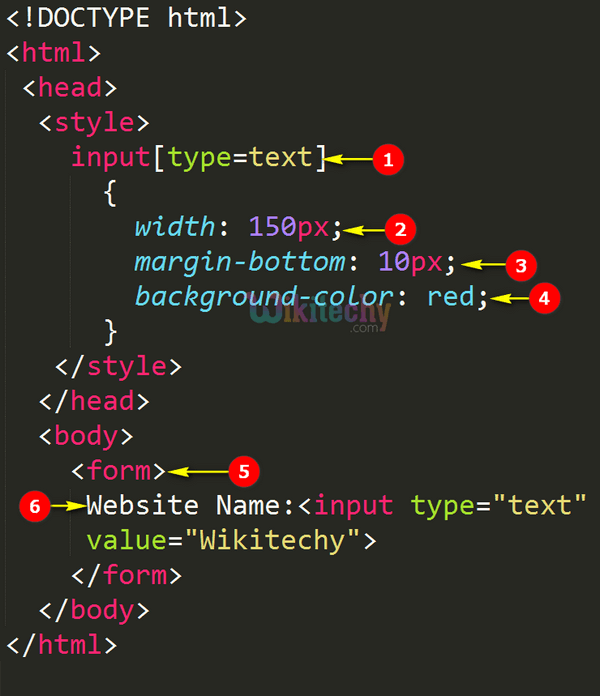
CSS CSS Form Styling Learn in 30 seconds from Microsoft MVP Awarded wikitechy
CSS Full Form. CSS stands for Cascading Style Sheet, it is a style sheet language used to shape the HTML elements that will be displayed in the browsers as a web-page. Without using CSS, the website which has been created by using HTML, will look dull. Basically CSS gives the outer cover on any HTML elements.
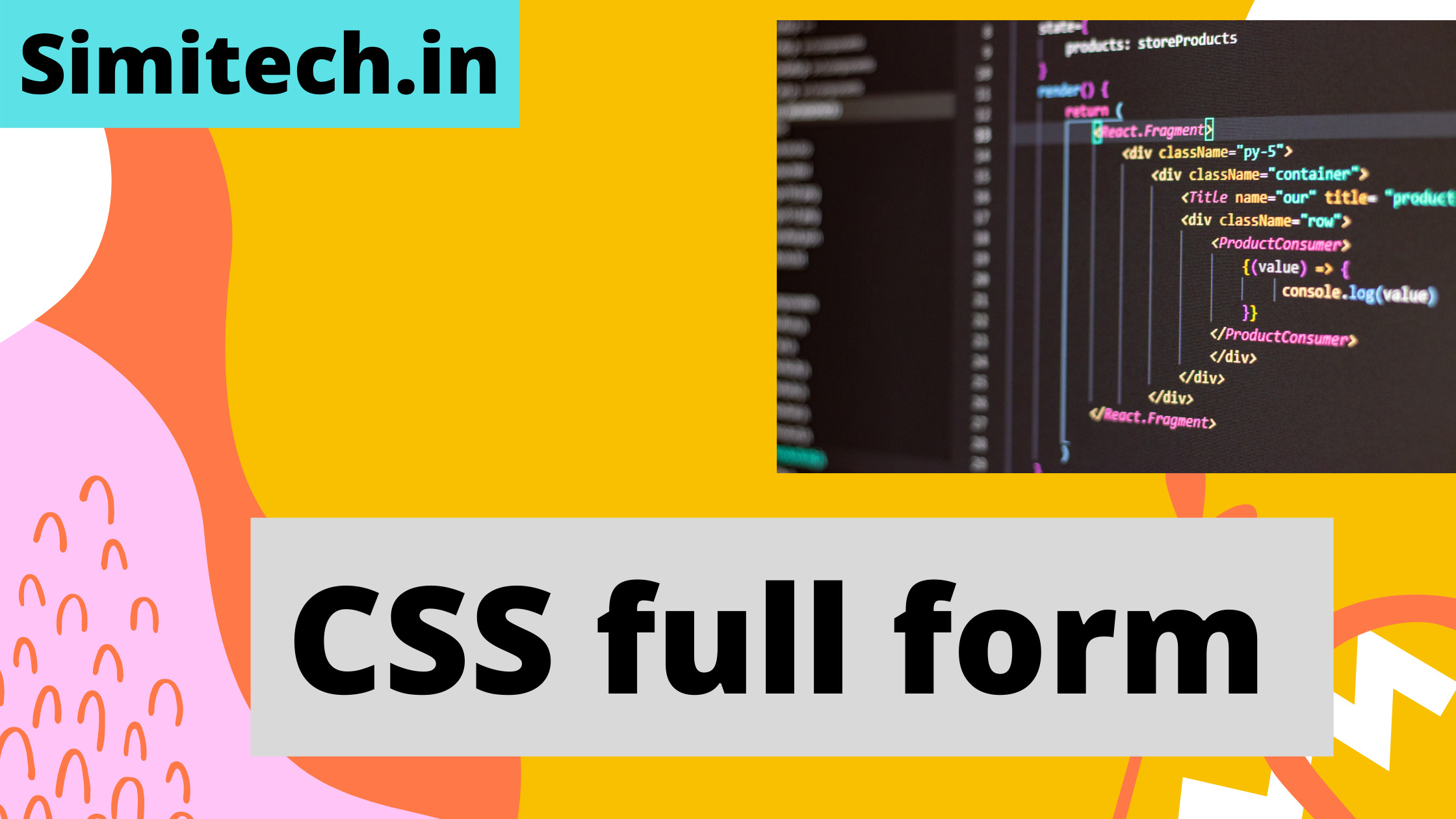
CSS full form Use Of CSS for web designers simitech
Cascading Style Sheets (CSS) is a stylesheet language used to describe the presentation of a document written in HTML or XML (including XML dialects such as SVG, MathML or XHTML).CSS describes how elements should be rendered on screen, on paper, in speech, or on other media. CSS is among the core languages of the open web and is standardized across Web browsers according to W3C specifications.
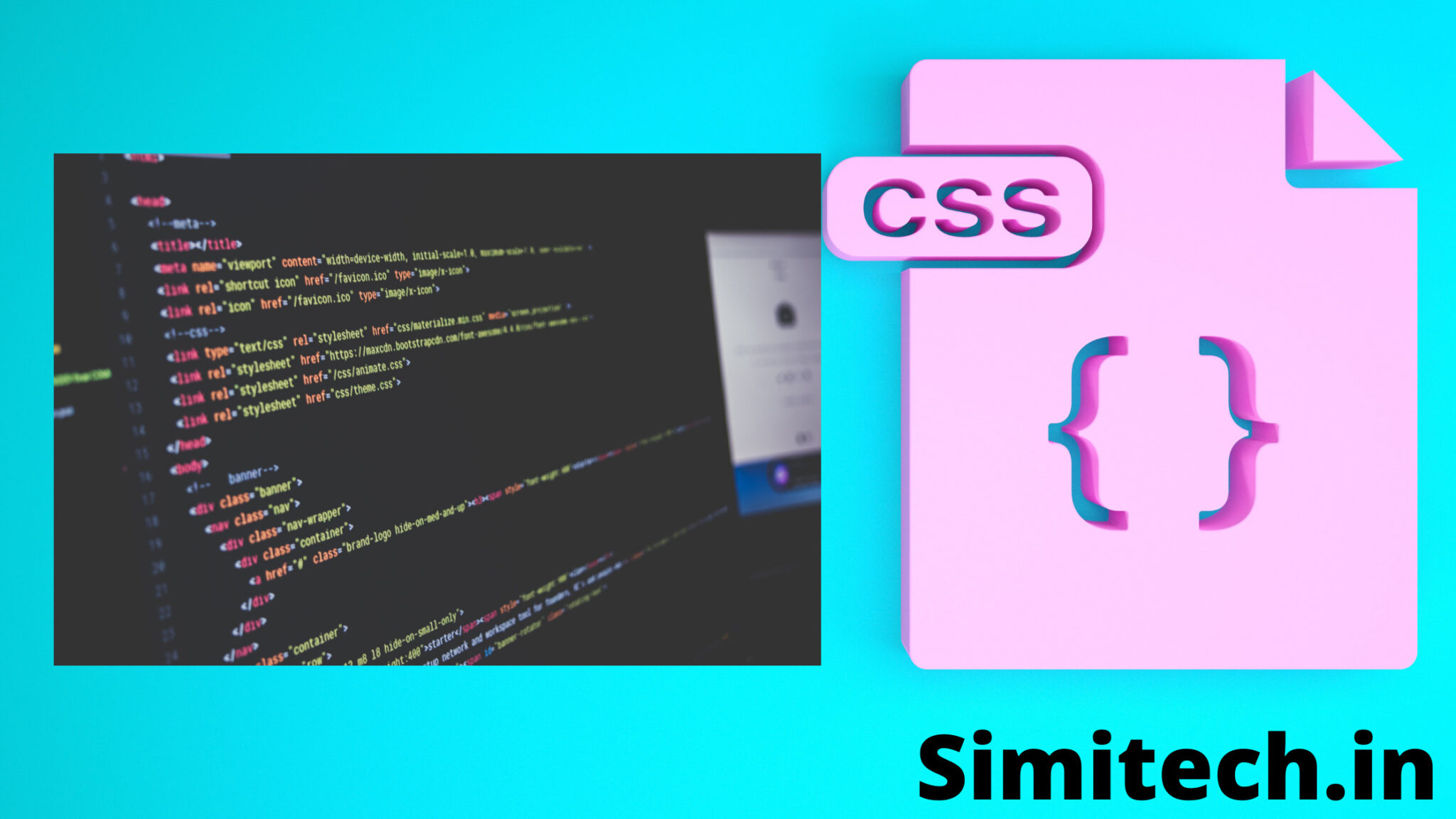
CSS full form Use Of CSS for web designers simitech
HTML5 Contact Form. Author: codeconvey. The author of this contact form used CSS3 and HTML5 to create a responsive contact us page template. It is customizable, so you can edit and change some of the styles or backgrounds based on your needs and preferences. You only need to copy the HTML and CSS code to your website.

CSS Full Form What is the full form of CSS Full Form Web
In this example we use the CSS transition property to animate the width of the search input when it gets focus. You will learn more about the transition property later, in our CSS Transitions chapter. Example. input [type=text] {. transition: width 0.4s ease-in-out;
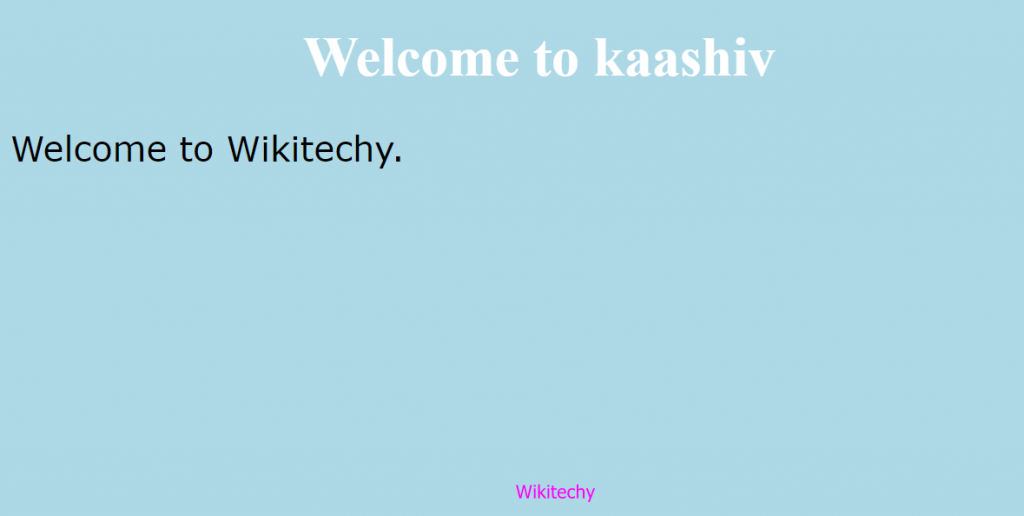
What is CSS ? CSS Introduction Introduction to CSS CSS Full Form
After the release of CSS 2 (Level 1), new features have been added to CSS. Some of them are fancy and are pretty self-contained. They are easy to use for anybody with a fair knowledge of basic concepts. CSS Counter Styles. Counting items and pages is an easy task in CSS. Learn to use counter-reset, counter-increment, counters(), and counter().
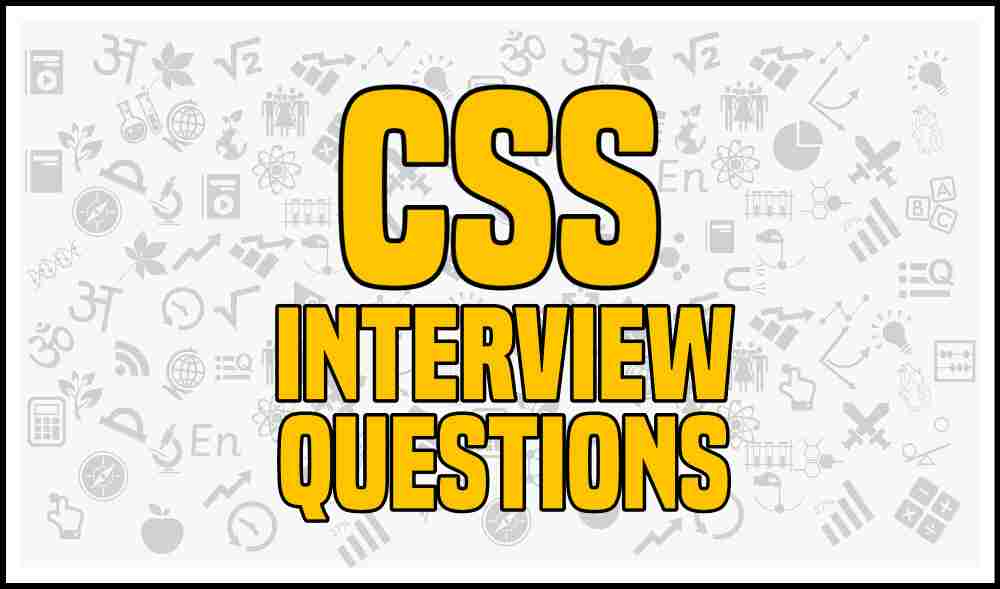
CSS Interview Questions For Freshers CSS full Form
In CSS, selectors declare which part of the markup a style applies to by matching tags and attributes in the markup itself. Selector types. Selectors may apply to the following: all elements of a specific type, e.g. the second-level headers h2; elements specified by attribute, in particular: . id: an identifier unique within the document, denoted in the selector language by a hash prefix e.g. #id

Top 21 Free HTML5 & CSS3 Contact Form Templates 2020 Avasta
A CSS rule consists of a selector and a declaration block: The selector points to the HTML element to style (h1). The declaration block (in curly braces) contains one or more declarations separated by semicolons. Each declaration includes a CSS property name and a value, separated by a colon. In the following example all
elements will be.

Myprograming Online Web Tutorials and Blogs
As we have mentioned before, CSS is a language for specifying how documents are presented to users — how they are styled, laid out, etc. A document is usually a text file structured using a markup language — HTML is the most common markup language, but you may also come across other markup languages such as SVG or XML.. Presenting a document to a user means converting it into a form usable.

CSS Heading Styles CSS Style h1 h2
Selector: A selector in CSS is used to target and select specific HTML elements to apply styles to. Declaration: A declaration in CSS is a combination of a property and its corresponding value. Selector -- h1 Declaration -- {color:blue;font size:12px;} The selector points to the HTML element you want to style. The declaration block contains one or more declarations separated by semicolons.